Description
- You are purchasing one 4 ft. x 50 ft. green plastic mulch. In stock and ready for shipping!
- A tough 1.0 mil, embossed high density plastic mulch film. This mulch provides excellent weed contol.
- Soil warming of 8-10 degrees F. Great to use with an irrigation system.
- Earlier and higher yields even though there will be variations from year to year. It is great for ultimate light blockage.
- Vegetables: Warm season and cool season crops that are transplanted, such as melons, and for direct seeded crops that are seeded in hills such as melons, cucumbers and squash.
Green plastic mulch is used on most vine crops for early harvest and increased yield. With green films, sunlight is converted to heat at a higher rate, exposing crops to warmer air. Heat loving vegetables such as cucumbers often benefit from this increased heat by growing faster and becoming more productive. Green Plastic Mulch 1.0 mil is the latest development in plastic mulch technology. In a general sense, this new mulch is a “hybrid” between clear and black mulches. With clear mulch, all wave lengths of radiation (light) are transmitted through the mulch. The long wavelengths (infra-red radiation) are converted to heat under the clear film and provide the greatest amount of soil warming of all mulches. However, photosynthetic active radiation (PAR) is also transmitted and responsible for the vigorous weed growth under clear mulch. Because black mulch blocks PAR, weeds do not grow underneath. Soil warming occurs as the black mulch absorbs solar radiation and then conducts the heat into the soil. Soil temperature under black is lower than under clear mulch. This is where Green comes into the picture. By utilizing a carefully balanced blend of polyethylene with a specific light modifying pigment, Green mulch transmits near infra-red radiation and, at the same time, blocks PAR. Therefore, it simultaneously generates almost as much heat as clear mulch and suppresses weeds like black mulch. This is a win-win development for growers. Tips: 1. Prepare soil well. It should be smooth and pliable 2. Do not lay paper on dry soil. Beds should be firm. 3.To prevent tearing, adjust wheels on plastic laying machine so that they do not stretch the paper. 4. Plastic should be in close contact with the soil for maximum heat transfer into the soil. 5. Be sure the edges of the plastic are well secured with soil.

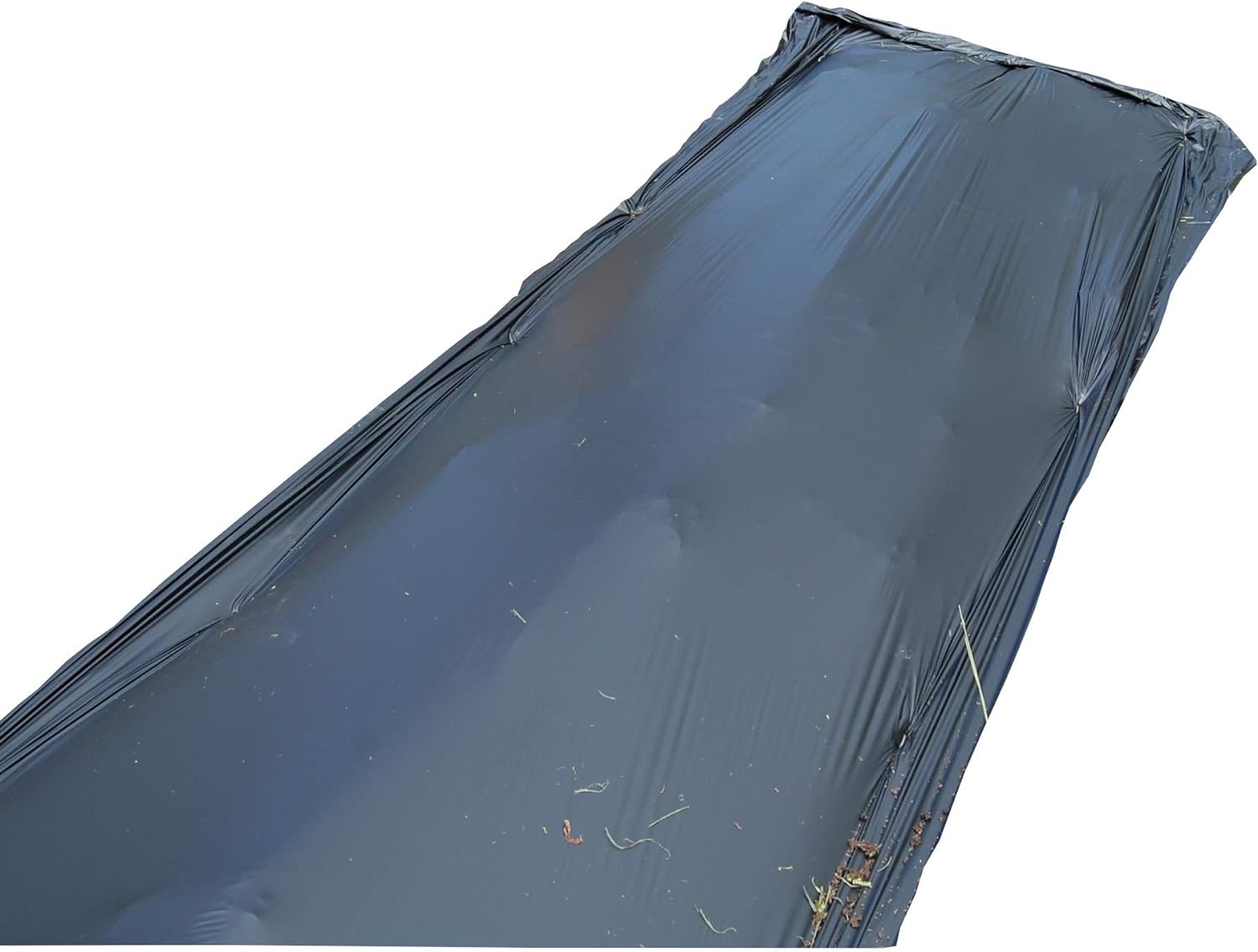
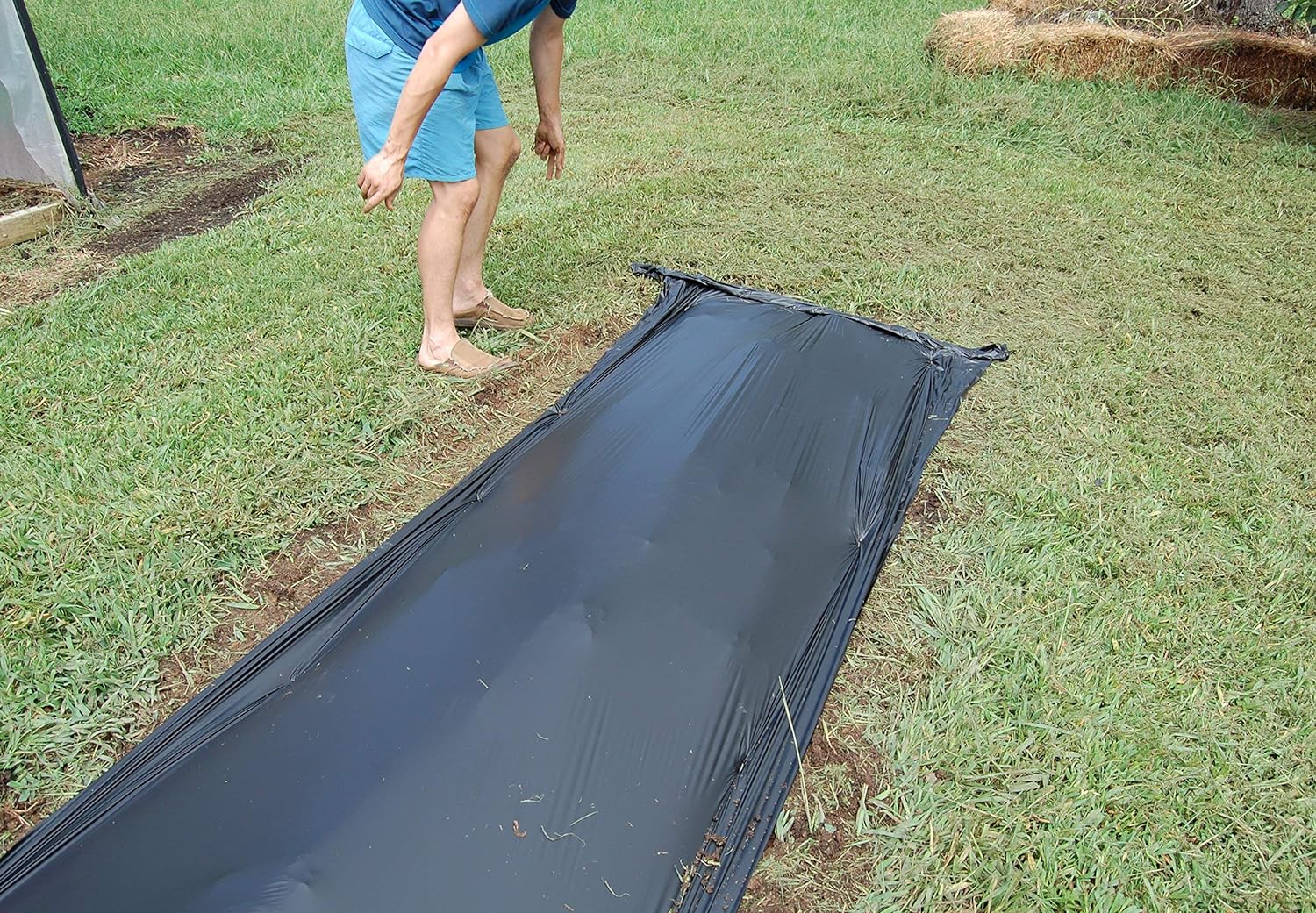

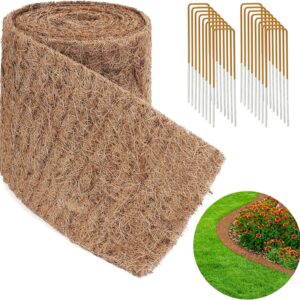
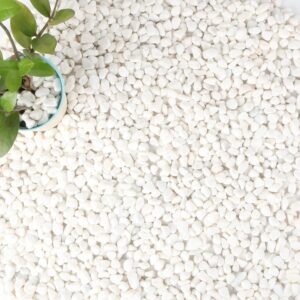
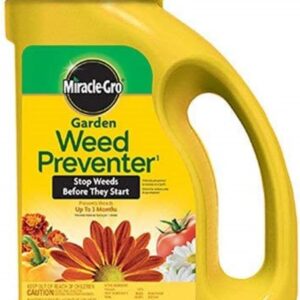
Reviews
There are no reviews yet.